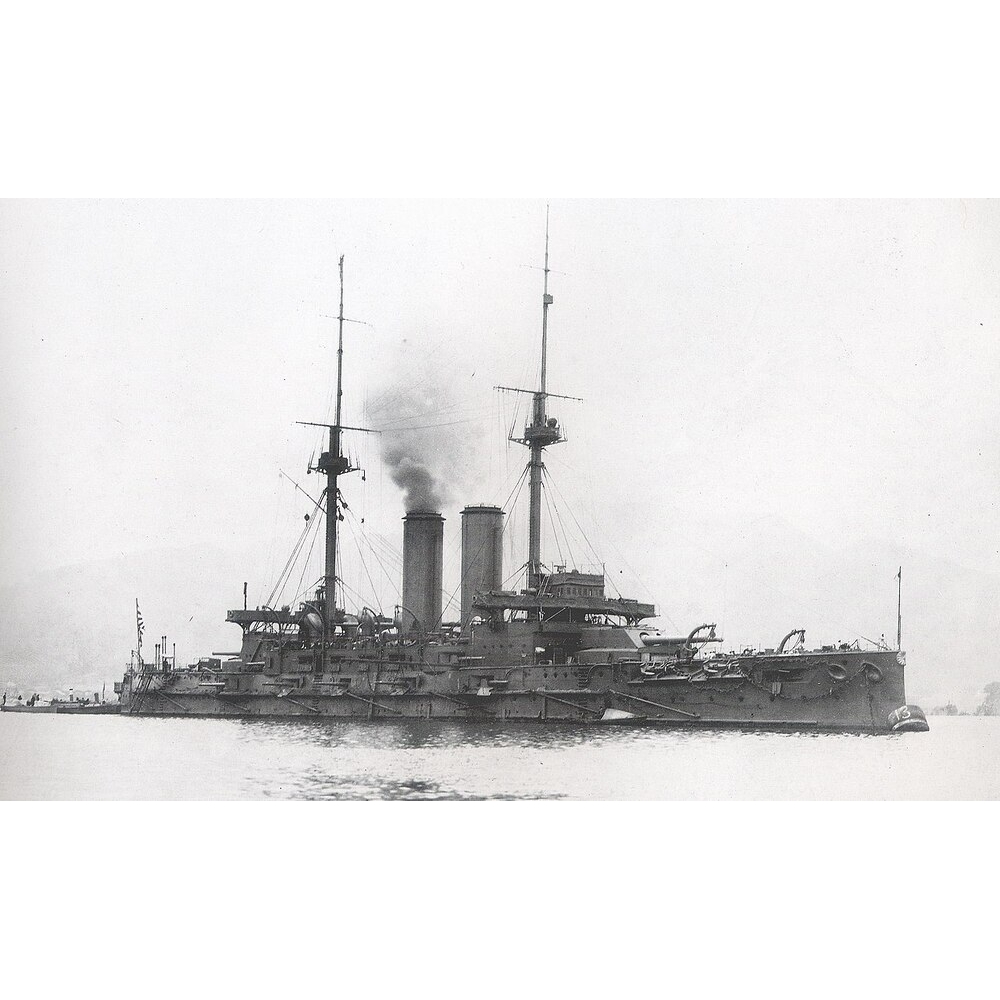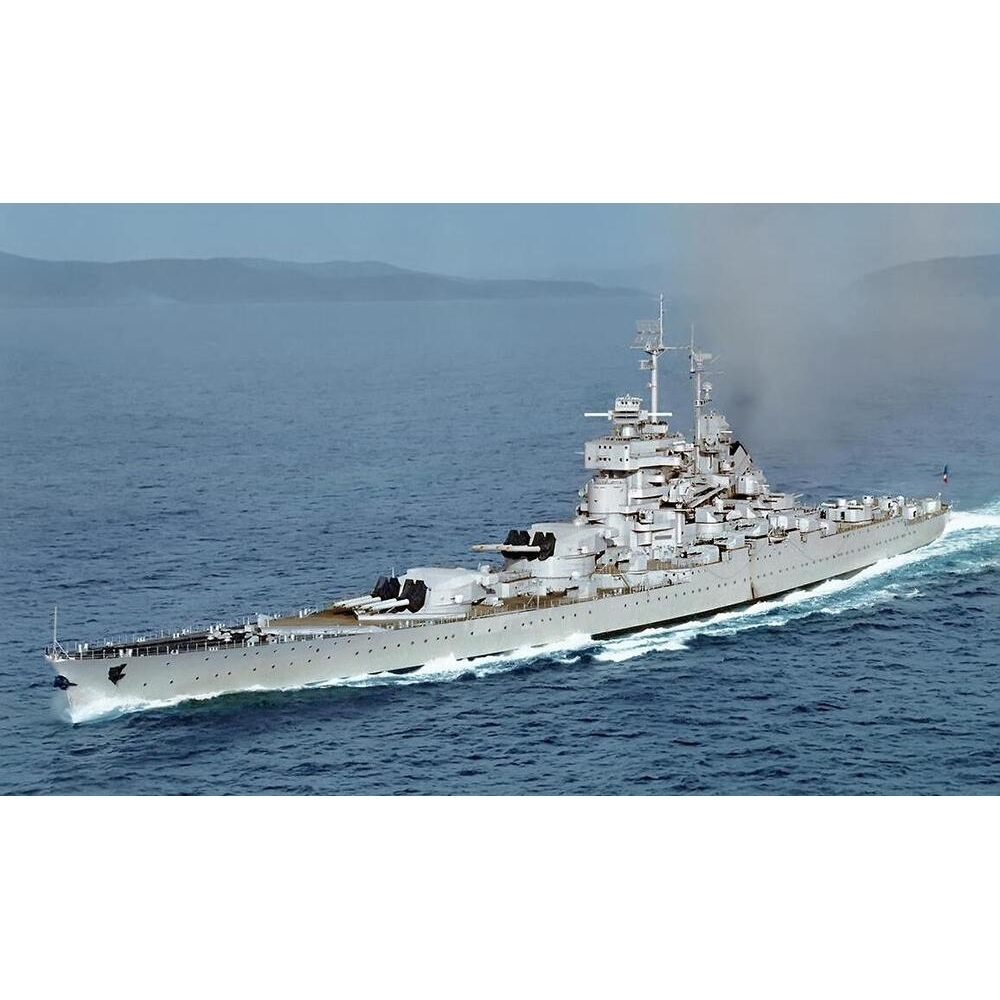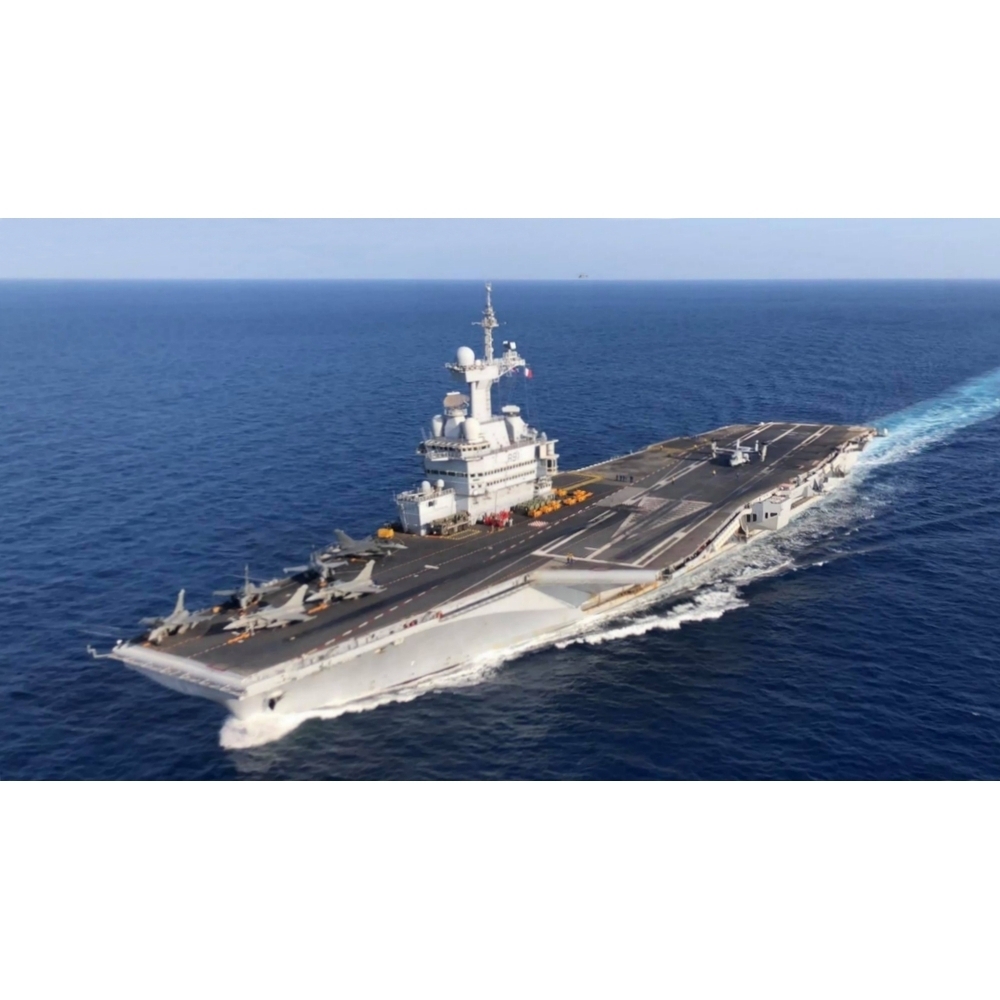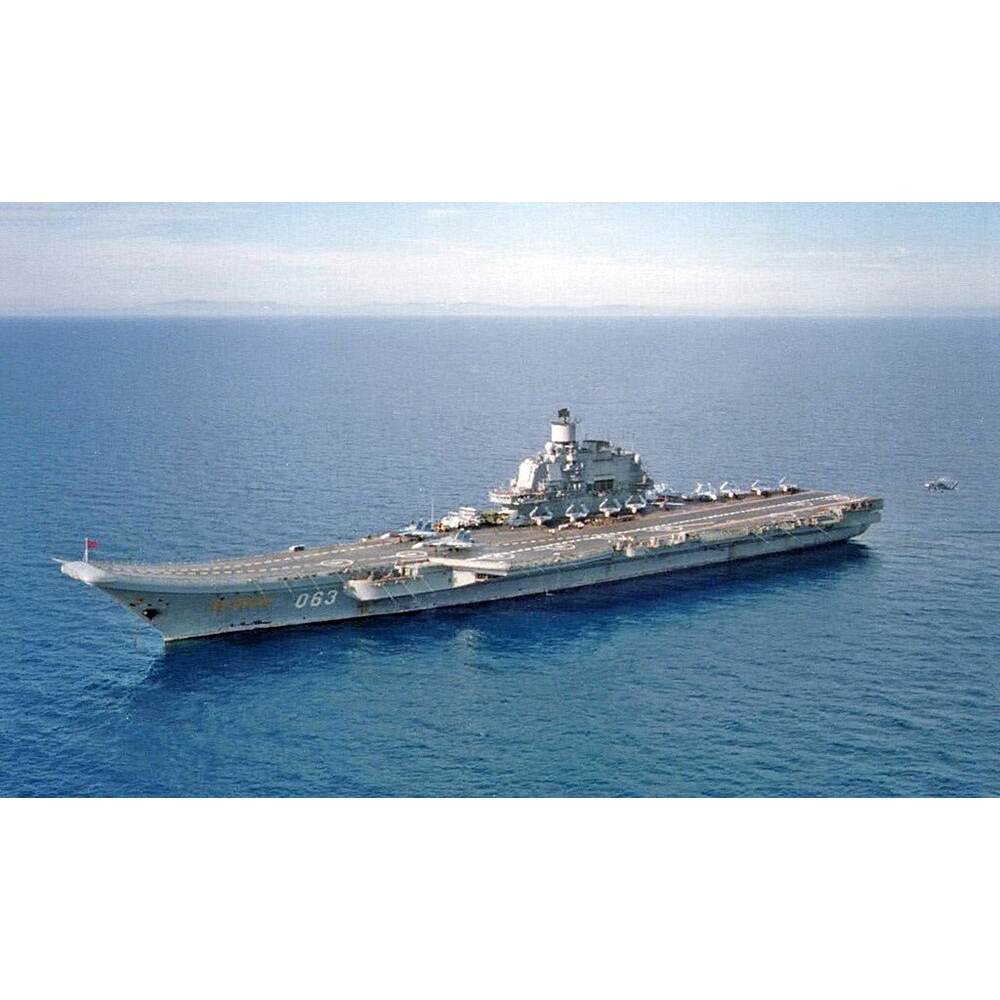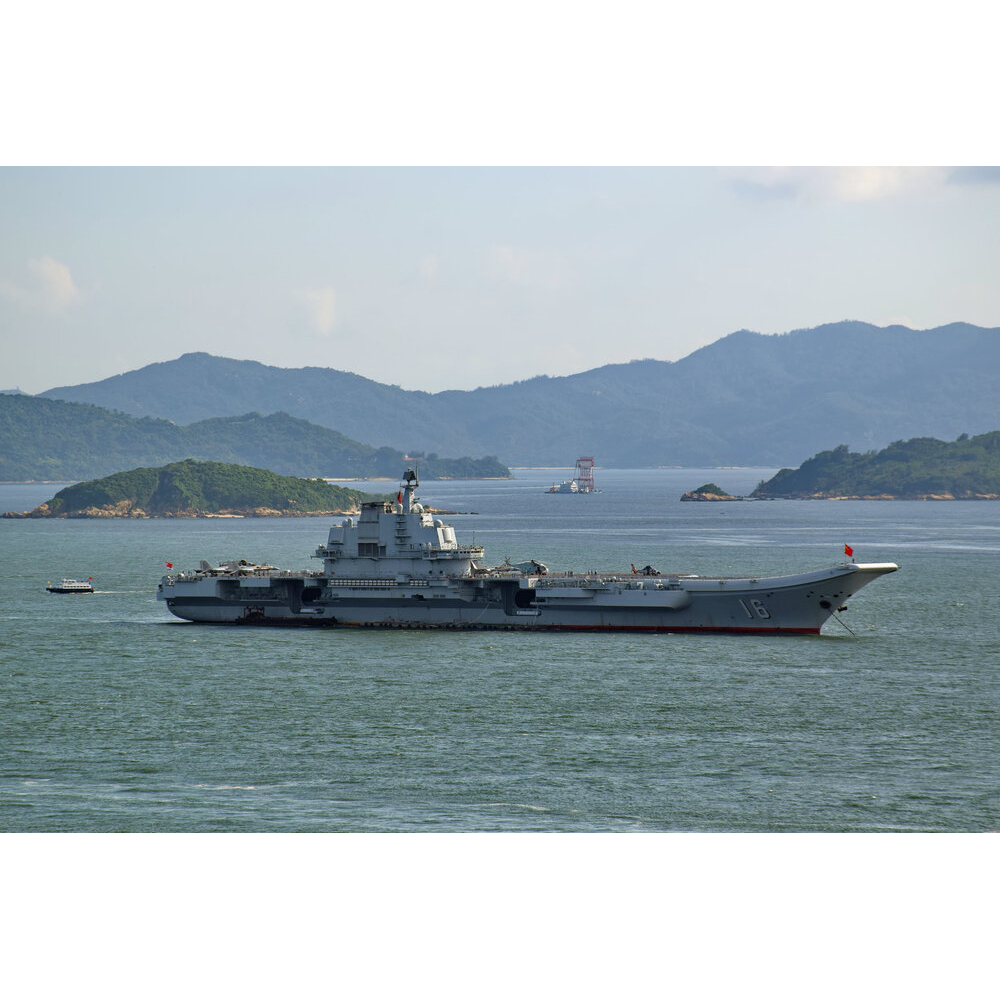CM591 - Italian Andrea Doria (1913) 36 Inches Battleship Model
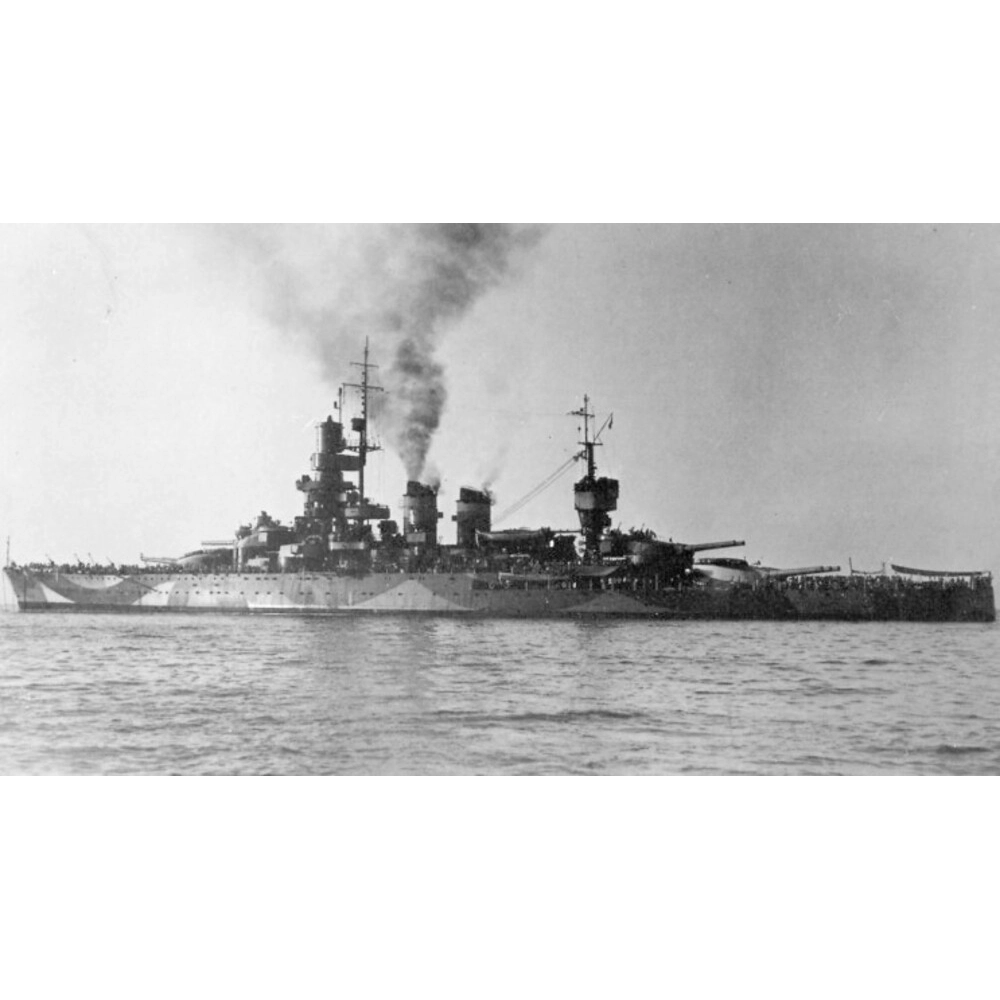

Specification: Item CM591 - 36L x 1W x 1H Inches (91.4L x 2.5W x 2.5H Cm)
Price: $ 3,804.88 (Only 1 left in stock )
Price: $ 3,804.88 (Only 1 left in stock )
Additional Product Images, click to enlarge

Description:
Andrea Doria (1913) was the lead battleship of her class, serving the Italian Royal Navy through both World Wars before retiring as one of Italy’s longest-lasting capital ships.
This 30-inch model is handcrafted from premium Canadian red cedar, Teak, and Mahogany,... using plank-on-frame, taking 3–6 months to complete.
Each model we build is a reflection of craftsmanship and care — and we don’t consider it complete until you’re 100% satisfied. Throughout the process, we’ll keep you involved with detailed photo updates at every key stage:
- Hull construction
- Deck detailing and structural elements
- Final painting and finishing touches
Once you approve the finished model, it will be securely packed in a custom wooden crate with protective cushioning to ensure safe delivery anywhere in the world.
Ready to bring your dream ship to life? Contact us today to begin your custom build or explore more at: Custom-made Projects
History:
The Andrea Doria, launched in 1913, was the lead ship of the Andrea Doria-class battleships built for the Italian Royal Navy (Regia Marina). Named after the famed 16th-century Genoese admiral, she entered service in 1916 during World War I. Like most Italian battleships of the era, her wartime activity was limited to patrols and deterrence missions in the Adriatic, with no major battle encounters.
In the 1930s, Andrea Doria underwent an extensive modernization that gave her a new propulsion system, stronger armament, and a completely redesigned superstructure, making her one of the most updated capital ships of her generation. She rejoined the fleet before World War II, serving mainly in the Mediterranean for escort and fleet movements, though fuel shortages and Allied dominance kept her from major action. After Italy’s 1943 armistice, she was interned and later used as a training ship by the Italian Navy until her decommissioning in 1956. Scrapped in 1957, Andrea Doria closed a distinguished career as one of Italy’s longest-serving and most iconic battleships, symbolizing the transition from the World War I dreadnought era to the decline of battleships after World War II.
The Andrea Doria, launched in 1913, was the lead ship of the Andrea Doria-class battleships built for the Italian Royal Navy (Regia Marina). Named after the famed 16th-century Genoese admiral, she entered service in 1916 during World War I. Like most Italian battleships of the era, her wartime activity was limited to patrols and deterrence missions in the Adriatic, with no major battle encounters.
In the 1930s, Andrea Doria underwent an extensive modernization that gave her a new propulsion system, stronger armament, and a completely redesigned superstructure, making her one of the most updated capital ships of her generation. She rejoined the fleet before World War II, serving mainly in the Mediterranean for escort and fleet movements, though fuel shortages and Allied dominance kept her from major action. After Italy’s 1943 armistice, she was interned and later used as a training ship by the Italian Navy until her decommissioning in 1956. Scrapped in 1957, Andrea Doria closed a distinguished career as one of Italy’s longest-serving and most iconic battleships, symbolizing the transition from the World War I dreadnought era to the decline of battleships after World War II.


